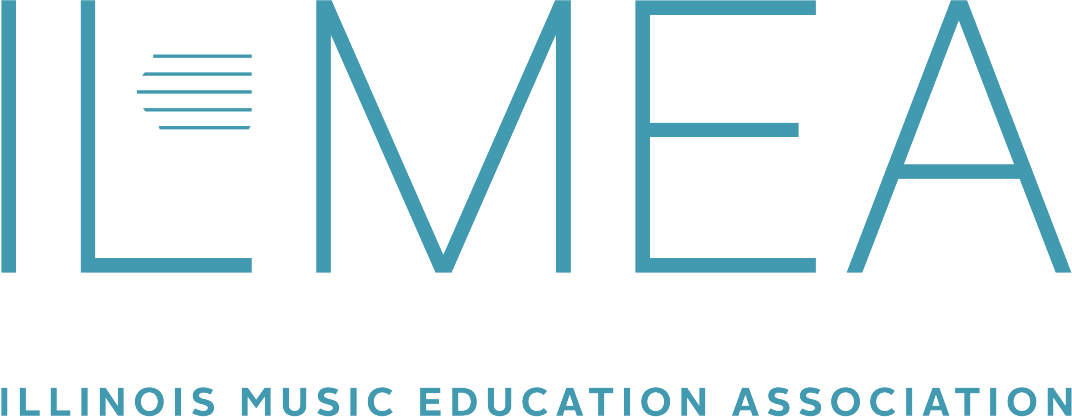By Gina Wych
Junior/Senior General Music Division President
[email protected]
Without a doubt, we are embarking upon a fall like no other. We are expanding our toolboxes, our mindsets, and our very definitions of what a music classroom is and can be. There are many questions, but one thing we know for certain is that music educators will continue to find creative ways to bring high quality music instruction to our students.
With ongoing concerns regarding the safety of vocal and instrumental music making, many educators are considering incorporating subjects that have traditionally been classified as “general music” into their ensemble classes. While this change may initially be approached simply as a way to supplement or replace live rehearsal time, topics like composition, theory, and history can truly enhance learning within any ensemble or general music class. But how to do this well, especially when you may not be seeing your students in person?
Composition in Ensemble Classes
History and theory lessons, even remotely, are fairly straightforward. Programs like WeVideo allow for easy video lectures (even incorporating Google Slides), and websites like musictheory.net and Sight Reading Factory provide effective supplemental material whether students are at school or at home.
Composition can seem a bit more daunting. But similarly, cloud-based composition programs such as Soundtrap (Digital Audio Workstation) and Noteflight (traditional notation) are easily accessible from Chromebooks or students’ own smartphones, regardless of location. Students can even collaborate on a project, and teachers can remotely access students’ work. Composition can be approached as a freestanding project, or as an extension of topics typically addressed in an ensemble class such as timbre, rhythm, form, or style. Extension projects could be as short as 4-8 measures, asking students to demonstrate a particular rhythmic figure, emulate the style of a piece (“lots of short notes” for younger students or discussions of “what musical elements make this a march?”) for older ones, writing a melody within a particular vocal range, or composing a new ending for the first half of a significant phrase present in an ensemble piece.
Of course, there is plenty of space this year to tackle larger composition projects as well, if you desire; and even if you only assign small ones, there will likely be some students who will run with the assignment. If you are adventuring into composition with your classes this year, entry into the ILMEA Composition Contest can be a motivating goal for outstanding projects by students in grades 6-12.
Did you know?
All students who enter the ILMEA Composition Contest receive personalized feedback from our adjudicators.
The contest is divided into multiple categories spanning incredibly diverse genres
Junior Division (6-8): Arranging, Computer-Based Composition (DAW rather than traditional notation), Instrumental Solo, Instrumental Small Ensemble, Remix
Senior Division (9-12): Arranging, Avant Garde, Commercial Instrumental, Rap/Hip Hop, Rock Band, Singer/Songwriter, Electronic Dance Music (EDM), Instrumental Solo, Instrumental Chamber Ensemble, Instrumental Large Ensemble, Jazz Instrumental/Vocal, Jazz Improvisation, Keyboard Solo, Remix, Vocal Solo, Vocal Ensemble
All 10th-12th grade students who place in their respective category are invited to participate in the All-State Composition Workshop.
The composition contest is also conducted completely through electronic means, so entries, adjudication, and comments can take place regardless of whether schools are in-person or remote. Entries are submitted electronically through nominate.ilmea.org, as a Google Drive folder link containing the students’ audio file and PDF score (for applicable categories - Remix, Computer-Based Composition, and EDM do not require scores; pop music categories will accept a lyric/chord sheet in place of a traditional score). At the end of the process, judges’ comments are also shared via Google Drive.
For more information and entry guidelines, please visit ilmea.org/composition-contest. Stems for the remix category (source material for 2020 is “Be Easy” by Urbana-based musician Ti Steele) can be accessed directly at ilmea.org/remix. If you need help setting up or sharing a Google Drive folder, or with any other part of the submission process, please do not hesitate to contact me and I will be happy to walk you through.
If you have any questions on incorporating JSGM subject material into your classes, or about the ILMEA Composition Contest, please do not hesitate to reach out. We are here to help make this unusual school year a successful, engaging, and inspiring one for both you and your students.



